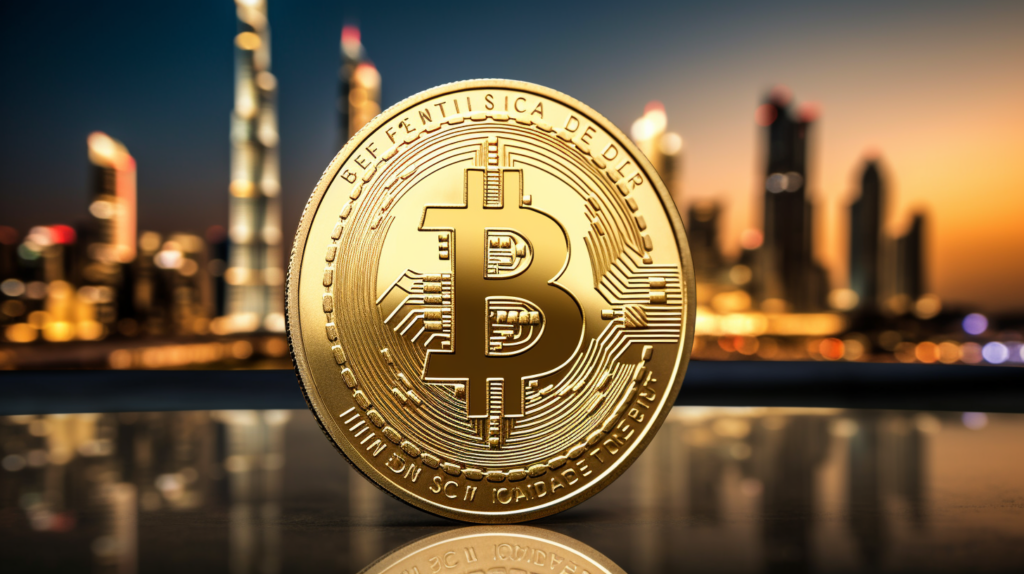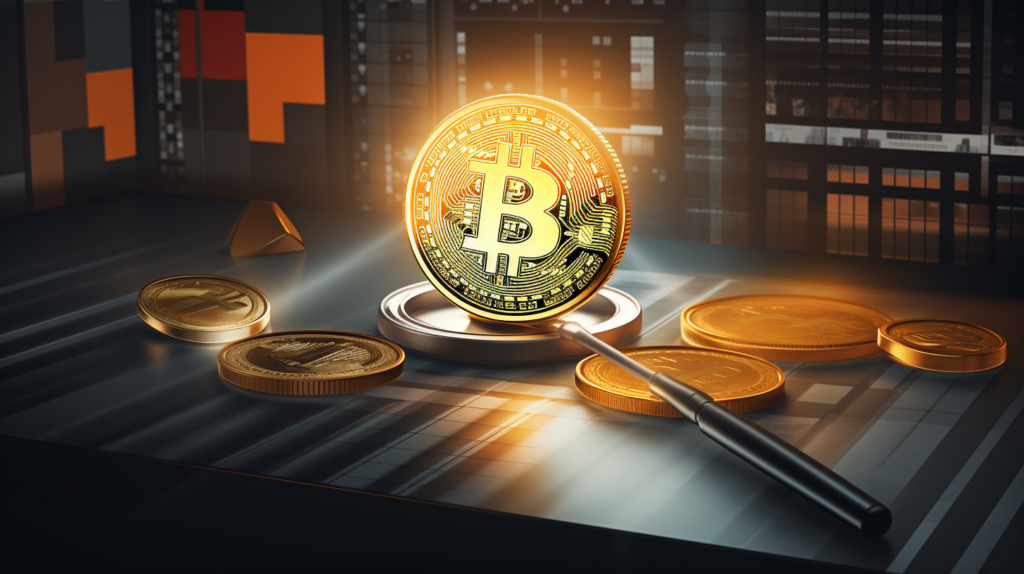Ripple’s Recent Financial Maneuvers
Ripple, the blockchain-based digital payment network, has recently initiated a series of significant XRP cryptocurrency transfers, moving millions of dollars worth of XRP to centralized exchanges and various wallets. These transactions, flagged by a service that monitors large-scale crypto movements, come at a critical time for Ripple. The company is currently embroiled in a legal battle with the United States Securities and Exchange Commission (SEC), which has just seen a minor victory against Ripple. In the past 24 hours, Ripple executed three major transfers, totaling 206 million XRP, equivalent to approximately $103 million. These moves raise questions about their timing and intent, especially considering the ongoing legal challenges and the broader implications for the cryptocurrency market.
Legal Battles and Market Dynamics
The backdrop to these transactions is Ripple’s ongoing legal dispute with the SEC, which recently scored a procedural win. A judge ordered Ripple Labs to produce historical financial statements, a request Ripple had contested, arguing its financial status was irrelevant to the case. This legal tussle centers around the SEC’s allegation that XRP constitutes an unregistered security offering, a claim partially countered last summer when a judge ruled that XRP sold on secondary markets does not represent an investment contract offer.
Ripple’s strategy of moving large amounts of XRP, including a notable transfer to the Bitstamp exchange possibly for sale, seems disconnected from these legal proceedings. The company has a history of selling XRP to the open market, a practice at the heart of the SEC’s allegations. Despite these significant financial activities, XRP’s market price has remained relatively stable, showing minor fluctuations in line with general market trends.
A Closer Look: Strategy or Necessity?
From my perspective, Ripple’s recent actions could be seen as a strategic maneuver rather than a direct response to legal pressures. The decision to move such vast amounts of XRP might be aimed at maintaining liquidity or possibly influencing market perception amidst legal uncertainties. However, it’s essential to consider the potential downsides, including the risk of market saturation or negatively impacting investor confidence, especially when the legal outcome remains uncertain.
The timing of these transactions, juxtaposed with the legal developments, suggests Ripple is navigating a complex landscape, balancing operational needs with the strategic positioning of XRP. While the immediate market impact has been minimal, the long-term implications for Ripple and XRP could hinge on the resolution of the SEC lawsuit and Ripple’s ability to adapt to an evolving regulatory environment.
In conclusion, Ripple’s recent XRP transfers underscore the intricate dance between regulatory compliance, market operations, and strategic financial management. As the legal battle with the SEC unfolds, the cryptocurrency community will be watching closely, aware that the outcome could set precedents affecting the broader digital asset space.





